Contact Us Now
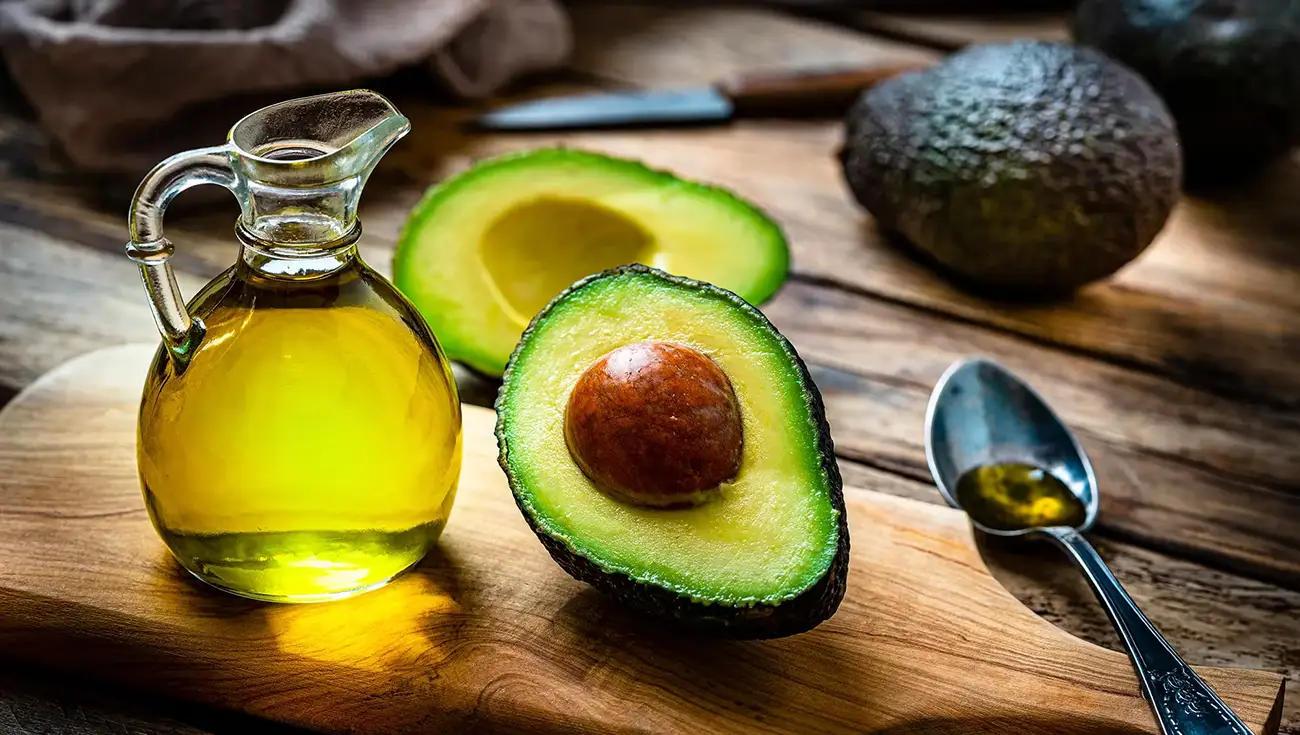
We’ve all seen it everywhere, haven’t we? That bottle of vibrant green avocado oil sitting on the shelf, looking all healthy and premium. It’s no longer just a niche product for foodies; it’s become a staple in our kitchens and an ingredient in skincare. It’s a trend that’s clearly here to stay.
And I remember when I first noticed it, I looked at that bottle and thought, “There’s a real opportunity here.” We see the demand growing, and we start wondering what it would take to get in on the action. The thing is, turning avocados into high-quality oil is a lot more achievable than we might think. I believe it’s a smart business move in a booming market.
So, that’s what we’re going to explore. We’re going to pull back the curtain on what it takes to start an avocado oil production business. We’ll cover what makes avocado oil so popular, look at the market trends, and then get into how the oil is extracted. By the time we’re done, we should have a clear plan for breaking into the avocado oil market.
What Is Avocado Oil?
Avocado oil is an oil extracted from the flesh of avocados, which can be used for cooking or cosmetics. Unlike most plant oils that come from seeds, avocado oil is actually pressed directly from the fleshy pulp of the fruit. Which is exactly the point. It’s what gives the unrefined version that beautiful emerald-green color and its signature buttery, mild flavor that people love. It’s basically the essence of the avocado in a bottle.
But what’s really inside? Well, it’s packed with heart-healthy monounsaturated fats—pretty much the same good stuff found in top-quality olive oil. It also contains a good amount of antioxidants and vitamin E, which are major selling points for health-conscious consumers. It’s a simple, natural product that hits all the right notes.
And here’s where it gets really interesting from a producer’s view. One of its biggest market advantages is its incredibly high smoke point, around 500°F. It means it can be cooked at very high temperatures—think searing, roasting, and even frying—without it breaking down and creating smoke. This single feature makes it far more versatile than many other popular oils, broadening its appeal.
On top of that, it has multiple uses. The refined versions have a neutral taste, making them a perfect substitute for basic vegetable oils in baking. In my experience, the cold-pressed, extra virgin oils carry that rich, nutty flavor that makes them a premium gourmet product for dipping and drizzling. I’ve also seen a growing market for it in cosmetics. Talk about a multi-purpose product. So, avocado oil isn’t just another cooking oil on the shelf. It’s a versatile, healthy, and highly marketable product with a ton of growth potential.
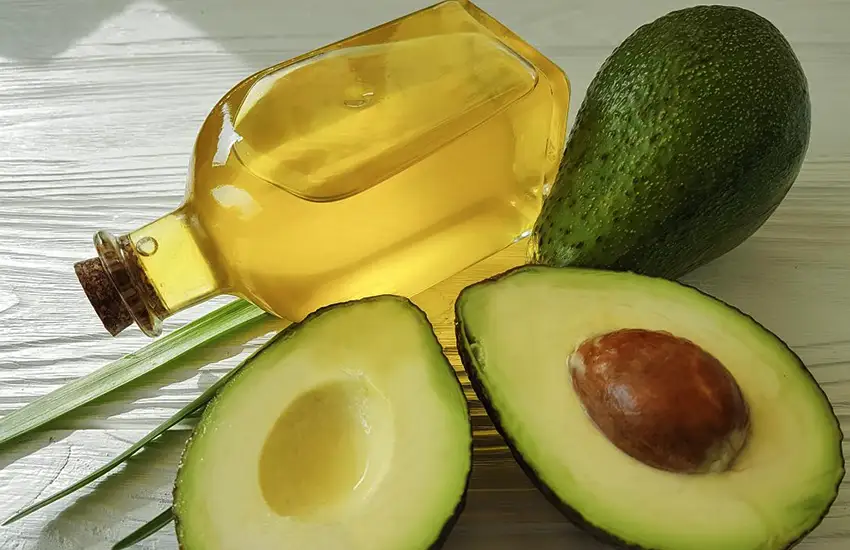
Avocado Oil Market Analysis.
So, we’re probably wondering if there’s any real money to be made with avocado oil. Is this just a passing fad, or is it a stable market we can build a business on? Well, I’ve been looking at the numbers, and the story they tell is pretty impressive.
Let’s break it down. The avocado oil market is already valued at over USD 652 million and is set to rocket past USD 1.1 billion by 2035. That’s a steady growth rate of about 5.5% every year. It’s not some wild, unpredictable boom; it’s a solid, consistent expansion. The bottom line is, demand is strong and getting stronger. The biggest markets right now are North America and Europe, where consumers are all about healthy, natural products. In my experience, trends that take hold there often have a ripple effect globally.
Here’s the thing: the demand isn’t coming from just one place. We’ve got the food industry, which is still the largest user. Big food companies are adding avocado oil to everything from dressings to snacks because it’s stable and has that “healthy fat” halo. But the fastest growth? That’s actually coming from the wellness and cosmetics world. Clean beauty is huge, and avocado oil is a star player in natural skincare, with the personal care segment growing at a healthy 6.5%. People want simple, plant-based products, and this oil fits the bill perfectly. Which is exactly the point.
And how are people buying it? More and more, they’re going online. Online stores are the fastest-growing sales channel, expanding at around 7% yearly. For a producer just starting, this is a huge advantage. We don’t need to get into big-box retailers right away; we can build a brand and sell directly to customers who are already looking for our product. Speaking of which, the Hass avocado is king here—it’s the variety most producers use because of its consistent quality and high oil yield.
So, this isn’t just a market; it’s a collection of several booming markets rolled into one. We have gourmet food, everyday cooking, and natural cosmetics all driving demand for the same product.
How to Extract Avocado Oil?
So, we see the potential in avocado oil, and many of us think about producing it ourselves. The first question that usually comes up is, “How do I even get started?” I know it can seem like a complex process, but when we break it down, it’s basically a series of logical steps. And with the right equipment, turning fresh avocados into liquid gold is more straightforward than many might initially think.
Let’s walk through the entire journey, from fruit to bottle, using the cold-press method. This method is what produces that high-quality, nutrient-rich extra virgin oil that commands the best prices.
Selecting and Preparing the Avocados
Everything starts with the quality of our raw materials. I mean, we just can’t make great oil from bad avocados, right? We’re looking for ripe avocados, but not mushy ones. Once we have a batch, the first job is cleaning them thoroughly to remove any dirt, leaves, or pesticides. And honestly, who’d want any of that in their final product? For larger batches, a machine like a fruit washer can handle this efficiently, ensuring every avocado is ready for the next stage.
Destoning and Deskinning
Next, we need to get to the good stuff—the pulp. The pit and skin contain compounds that can affect the flavor and quality of the oil, so they have to go. This can be done by hand for very small batches, but for any real production volume, a destoning and pulping machine would be very useful. It separates the soft pulp from the pits and skins without a fuss. What is left with is a pure, green avocado mash, kind of like a giant bowl of guacamole.
Grinding and Malaxation.
Now that we have clean, peel-free avocado pulp, the next goal is to break down the plant cells to release the oil. This process is called crushing and mixing. Simply put, it involves crushing the fruit pulp into a thick jam-like consistency and then placing it in a special blender for gentle and slow blending. This isn’t high-speed blending, but a slow, temperature-controlled process that allows the tiny oil droplets to coalesce, making them easier to extract later.
Liquid Separation.
Depending on the customer’s processing technology, the equipment and methods used in this step will vary:
- Horizontal screw centrifuge: A horizontal screw centrifuge is used to separate the solid and liquid components of the thoroughly broken and mixed viscous avocado jam. The powerful centrifugal force separates the solids and liquids from the jam. This is the most thorough method for extracting oil from avocados, suitable for large-scale continuous processing. However, the equipment investment is relatively large.
- Hydraulic Cold Press: Here’s the magic – a hydraulic cold press eliminates the need for the previous crushing and blending step. After peeling and pitting, the avocados are fed into a hydraulic oil press. Our popular multi-functional vertical hydraulic cold press applies tremendous pressure to the pulp, squeezing out the oil and water. Cold pressing is key—it means we extract the oil without using heat, thus preserving all the delicate flavors, aromas, and nutrients. This is a huge selling point for health-conscious consumers. You can proudly label your oil “cold-pressed,” which carries significant meaning. This processing method requires far less equipment investment than the previous “crush-jam-centrifuge” method, making it suitable for entrepreneurs producing avocado oil in small batches.
Premium Hydraulic Oil Press:
Experience professional-grade cold pressing with our hydraulic oil press systems. Designed specifically for high-quality avocado oil extraction, these machines maintain optimal temperatures to preserve nutritional value and natural flavors. Our hydraulic presses deliver superior yield rates while ensuring gentle processing that retains the oil’s premium characteristics. Whether you’re starting a small artisanal operation or scaling commercial production, our hydraulic press collection offers reliable performance and consistent results for your avocado oil venture.
Separating the Oil and Water.
Whether we use the “crushed jam-centrifugation method” or the “direct pressing method,” this step is recommended after the liquid is extracted. This is because the extracted liquid is a mixture of oil, water, and some fine solid particles. Because oil is less dense than water, they will naturally separate after being left to stand for a period of time. To accelerate the separation process and achieve truly pure separation, we use an oil-water separator. Without an oil-water separator, a significant amount of time needs to be allowed for natural separation.
If you are using a hydraulic oil press to extract the liquid, you can dry the avocados in a drying chamber before pressing. This eliminates the need for an oil-water separator. The difference lies in whether to dehydrate first and then press the oil, or to press the oil first and then dehydrate.
Regardless of the method used, the final result will be rich, unrefined avocado oil.
Filtering.
The oil we have now is almost ready, but it might still be a little cloudy with tiny pulp particles. For a crystal-clear final product with a longer shelf life, a final filtration is a good idea. Running the oil through a plate filter press, such as our (Cast iron plate frame Oil Filter Press Machine), removes any remaining sediment, leaving us with a polished, professional-grade oil that looks amazing in the bottle.
Large, publicly listed avocado oil companies sometimes invest heavily in refining equipment for deep purification. However, for most companies, a plate and frame oil filter is sufficient.
Easy to Use cooking oil filter machine.:
Achieve crystal-clear, premium-grade avocado oil with our comprehensive filtration solutions. Choose from centrifugal separators, vacuum filters, plate-and-frame filter presses, pneumatic filtration units, and refining equipment based on your specific purification needs. These advanced systems remove impurities, moisture, and sediments while maintaining oil integrity. Our filtration technology ensures your cold-pressed avocado oil meets the highest quality standards, delivering the pure, golden oil your customers expect from premium products.
Bottling and Packaging.
Finally, it’s time to bottle our beautiful avocado oil. Because light and air are the enemies of fresh oil, it’s best to use dark glass bottles. For producers looking to expand, the proper use of automated bottling lines ensures each bottle is properly filled, capped, and sealed, protecting the product and ensuring it’s ready for shelf life.
Here’s a summary for everyone:
- The process steps for large-scale, automated production of avocado oil with a sufficient budget are: selection and cleaning – peeling and pitting – pulping and mixing – centrifugation for solid-liquid separation – oil-water separation – refining and filtration – filling and packaging.
- Processing steps for small-batch avocado oil production with limited budget: screening and cleaning – peeling and pitting – hydraulic cold pressing – oil-water separation – plate and frame filtration – filling and packaging.
And just like that, we’ve turned a crate of avocados into a premium, in-demand oil product. It’s a process, for sure, but each step has a purpose, and having the right machinery makes all the difference. If you’re unsure how to configure your avocado oil production line, please contact us. Tell us your target market for finished oil products, total budget, daily avocado processing weight, and manpower commitment. Our engineers will develop the most cost-effective and suitable production solution based on your production plans.
Small Farm vs. Medium-Sized Avocado Processing Plant.
I know what you’re thinking. That all sounds great, but what does a real-world setup actually look like? The thing is, there’s no one-size-fits-all answer. Our ideal production line, actually, depends entirely on our goals, our budget, and how much oil we plan to produce. Let me share two different scenario cases with you, which will help us understand the situation more clearly.
I’ve worked with a small Mexican family-run avocado farm. They’ve got a few acres of beautiful Hass trees and want to start making their own artisanal, cold-pressed oil. The owner, Jose, told me that his goal isn’t to supply a national chain; it’s to sell a premium product at local farmers’ markets and maybe through a small online store. His brand is all about that farm-to-bottle story. For him, a huge, fully automated system would be overkill. He’d probably start with the basics: a good fruit washer, a small semi-automated de-pitter, and the star of his show—a compact but powerful hydraulic press. The rest of the process would be pretty hands-on. He might let the oil and water separate naturally over a day before running it through a small filter press. His operation is driven by passion and quality, not massive volume. Labor is his main input, but the scale makes it manageable.
Also in Mexico, it’s about a different business I’ve worked with. Sam owns a medium-sized company and he wants to supply regional health food stores and build a solid e-commerce brand. His goal is consistency and volume. He can’t afford bottlenecks or variations between batches. So, his setup would look quite different. He would invest in a more connected production line.
The first step is an industrial-grade fruit washing machine, which directly feeds the fruit into the automated machine for washing.
The fruit is then conveyed by a conveyor belt to a multi-functional peeling and pitting machine.
The crushed, high-viscosity avocado puree is pumped into a mixing tank for thorough mixing.
The thoroughly mixed avocado puree is pumped into a horizontal screw centrifuge to separate the liquid.
The separated crude oil is piped to an oil-water separator to remove excess water.
- Finally, a plate and frame filter press is needed to improve the oil quality. It filters out fine impurities and is suitable for oil mills aiming to produce high-quality oil.
- He would also have an automated bottling and labeling line to get his product ready for shipment quickly. For him, the initial investment is higher, but the increased efficiency and lower labor cost per bottle make it a smart business move. It’s all about creating a reliable, scalable system.
You see, it’s not about buying the biggest machines. It’s about building a system that fits our specific dreams. We know the right equipment is what turns a vision into a profitable reality, whether we’re talking about the artisanal farmer or the growing commercial producer. I’d encourage us to think about where we see ourselves on that spectrum.
How to Boost Your Avocado Oil Yield?
Okay, so we’ve learned the basic steps to make avocado oil. But here’s the next big question I always get: how do we get more oil out of each and every avocado? After all, those fruits aren’t cheap, and every drop of produce adds to our bottom line. The difference between an amateur setup and a professional one often comes down to a few key details.
The thing is, it’s not about working harder; it’s about working smarter. The avocado variety, ripeness, moisture content after crushing, cleanliness, and pressing process all determine how much avocado oil we can obtain. With some simple and practical adjustments, it is possible to significantly increase yields without sacrificing cold-pressed quality.
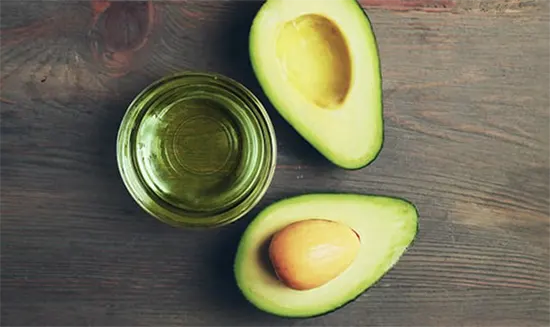
- Not All Avocados Are Created Equal:
And here’s something else I’ve learned—the type of avocado matters. A lot. We all know the popular Hass avocado, which is great. But there are actually hundreds of different kinds, and they all have different oil levels. For example, varieties like Fuerte and Bacon are also common, but their oil content can be quite a bit lower than a Hass. This selection process is a key first step, because starting with a high-oil variety means we’re already set up for a much better yield. It’s just smart planning, really. - Pick the Right Avocado at the Right Time:
The ripeness of the avocado makes a huge difference in how much oil we can get. It’s kind of like trying to get juice from an unripe orange; it just doesn’t work well. When an avocado is still young and growing, it’s mostly full of water. As it gets older on the tree, the water content drops and the healthy oil content goes way up. So, we need to be patient. We have to wait for the avocados to reach the right maturity before picking them. They won’t all be ready at the same time, so it takes a bit of experience to know which ones are perfect for pressing. - Clean Screening:
This might seem obvious, but honestly, I am often quite surprised by how many overlook this. The thing is, one has to make sure it’s only pulp being pressed. Any bits of leaf, twig, stone, dirt, or skin that make their way into the press? They’re like tiny sponges—they’ll just soak up the oil folks are trying to extract. In my experience, taking the time to properly screen that pulp before pressing can really increase the final yield noticeably. A clean start, well, that usually means a much better finish. - Control the Moisture in the Pulp:
Did you know that avocado pulp is about 65% water? If press the fruit as-is, a lot of the precious oil gets trapped and goes to waste. The solution is to gently pre-dry the pulp before pressing. Think of it like reducing a sauce to concentrate its flavor, remove water to concentrate the oil by using a low-temperature oven or a dehydrator. Just be sure to keep the temperature below 50°C (about 122°F) to maintain that all-important “cold-pressed” status. - Master the Pressing Temperature:
Here’s a detail that really separates the pros. Even when “cold-pressing,” a little bit of warmth can be handy. Getting the pulp to just the right temperature—still well below that 50°C limit—can make the oil less thick and help it flow more freely from the fruit solids. It’s a delicate balance. Too cold, and the oil stays trapped. Too hot, it loses quality. Finding that perfect sweet spot is key. - Adjust Press Settings:
With a hydraulic press, it’s not about brute force. Many beginners think they just need to crush the pulp as hard and fast as possible. But the best way is actually a slow, steady squeeze. This gives the oil molecules time to separate and flow out. Think of wringing out a wet sponge. A quick, hard twist leaves water behind, but a slow, firm, continuous squeeze gets almost all of it out. That’s what we want our press to do, and our machines are built to give us that fine-tuned control. - Keep the Equipment Spotless:
This is a simple one, but it’s so important. Leftover pulp and oil residue can build up inside the press and filters. This not only risks contaminating the next batch but also physically blocks the flow of oil. A clogged filter means less oil getting through. So, regular, thorough cleaning isn’t just about hygiene—it’s a direct part of keeping our production numbers up.
Boosting avocado oil yield isn’t about one single secret. It’s about consistently applying these smart methods. Nail these steps, and you’ll find yourself producing more high-quality oil from every single batch you run.
Yield of Avocado Oil and Filter Methods.
I remember a story about a small processing plant in a Mexico. They based their entire season’s budget on hitting a 15% oil yield, which is ambitious but not impossible. The thing is, when they actually started pressing, they were consistently getting closer to 11%. That four-point difference was a massive hit to their bottom line.
Trying to make up for the loss, they decided to speed up their filtering process, figuring a little cloudiness wouldn’t matter. Well, it mattered. They ended up with customer complaints about quality and a shorter shelf life than they’d promised.
That story really sticks with me. It perfectly captures the two big questions we all face after that first press: “Did I get as much oil as I should have?” and “What do I do about this cloudy stuff floating in it?” I get it. Understanding the yield and how to properly finish oil production are what separate the hobbyists from the serious producers.
How Much Oil Can You Actually Expect? I’ve put together a simple table to give you a clear picture of what cold pressing methods can produce.
| Extraction Method | Typical Oil Yield (% of oil from pulp) | Temperature | What You Need to Know |
| Cold Pressing | 12% – 22% | <45℃ | This is the go-to method for top-quality extra virgin oil. The oil yield is determined by the production method, variation and maturity of avocado. |
The main takeaway? For the high-quality market we’re targeting, Cold-pressed avocado oil is the champion. A great balance of a solid yield with a top-tier product that customers will pay more for. It is worth noting that in laboratory production environments, the yield of avocado oil can reach 60-83% through cold pressing or chemical extraction methods. However, these approaches have production limitations and may not preserve the nutritional content.
What are the Common Filtering Methods for Avocado Oil?
Our freshly pressed Avocado Oil is going to look a bit murky. It’s full of tiny bits of pulp and water. So, do we need to filter it? Well, for anyone looking to sell their oil, I think the answer is a clear yes.
Sure, we could let it sit and have the sediment naturally settle, and some small-scale producers do this for an “unfiltered” look. But for a professional product, filtering is a must. Here’s why:
- Clarity and Appeal: Customers expect a clear, beautiful oil. A cloudy product can look low-quality, even if it’s perfectly fine. First impressions matter.
- Stability and Shelf Life: Those little solids and water droplets are where spoilage starts. They can make our oil go rancid much faster. Filtering them out gives us a more stable product with a longer shelf life.
- Quality Control: It’s the final step in ensuring a pure, consistent oil. This is just good practice for any food business.
When it comes time to filter, there are actually a few good options available. The method chosen will typically depend on the budget, the production volume, and the final quality that’s aimed for. So, here’s a look at the most common types for small and medium-sized operations.
| Filtration Method | How It Works | Advantages for Avocado Oil | Disadvantages for Avocado Oil |
| Centrifugal Filter | Spins freshly pressed avocado oil at high speeds. The force separates heavier avocado pulp solids and water, pushing them to the outside while pure oil is collected from the center. | This method is exceptionally fast, making it ideal for continuous production. It removes even the smallest pulp particles, guaranteeing a consistently clear and professional-looking avocado oil. | The main drawback is the higher upfront equipment cost. To maintain efficiency and prevent clogs from avocado solids, the spinning drum also requires regular and thorough cleaning. |
| Pneumatic Filter | Uses gentle, controlled air pressure to slowly push the avocado oil through a fine filter medium. This is a low-pressure method designed for precision without aggressive force. | This filter offers high precision, effectively removing very fine avocado sediment to produce a high-purity oil. Its lower energy use and suitability for smaller batches appeal to artisanal producers. | Processing speed is much slower compared to a centrifuge, making it less suitable for large volumes. The filter media also needs periodic replacement, which adds to ongoing operational costs. |
| Vacuum Filter | Creates a vacuum to gently pull the avocado oil through a filter, capturing pulp and other solids from the press. This system uses suction instead of pressure. | It produces an exceptionally clean oil, perfect for premium brands. The setup is simple and uses less energy, which is a great benefit for small scale producers of boutique avocado oil. | This is a slower filtration process with lower throughput. It may struggle with thicker, freshly pressed avocado oil that has a high amount of solids, and it’s not designed for large operations. |
| Plate & Frame Press | This classic method pumps avocado oil through a series of stacked plates fitted with filter paper or cloth. The avocado pulp solids get trapped, allowing clear oil to pass through. | The primary advantage is its lower initial cost, making it very accessible for new businesses. It is very effective at removing avocado solids, and the system can often be expanded as production grows. | It is also more labor-intensive, requiring manual cleaning and regular replacement of the filter media. |
The best choice always comes down to your specific business plan and goals. The most important thing is to combine equipment such as the oil press and filter to build an olive oil production line that allows you to produce olive oil you can be proud of.
Remember: In the general market, olive oil (cold-pressed edible oil) does not require refining or heat filtration, as these methods destroy small amounts of vitamin E, phytosterols, antioxidants, and other nutrients.
So, we’ve come a long way, haven’t we? We’ve looked at what makes avocado oil such a special product, explored its huge market potential, and walked through the entire production journey, from the orchard to the bottle. We’ve actually covered the secrets to boosting yield and the best ways to filter the oil for that perfect, professional finish. Basically, it feels like we now have a solid road map for what it takes to succeed.
But now comes the big one. The part where theory meets reality. And honestly, it’s easy to start looking at all these steps and thinking about the equipment. Browsing websites, comparing different presses, one’s head can really start spinning a little with questions like: “Which machine is truly the right one? Am I about to overspend? Or worse, what if I buy something that’s too small and I outgrow it in a year?” I’ve been in your shoes, and I know how that confusion can stop someone right in their tracks. It’s a huge decision, and making the wrong choice feels like a very expensive mistake.
And that’s where we come in. At GQ Agri, we’re not just about selling equipment. We’re about building successful businesses, you know? We’ve guided so many producers, from small artisanal farms to growing commercial operations, through this exact process. We understand the ins and outs, and our goal is to help folks build a setup that actually fits their budget, their space, and their vision. We’re here to cut through the noise and give clear, honest advice.
So, for anyone ready to stop guessing and start building, let’s talk. Reach out to our expert team at GQ Agri for a no-pressure, personalized consultation. We’ll help map out the perfect production line and answer any questions one might have.
Have questions about starting an avocado oil business?
Contact us today to receive a technical white paper and free technical guidance to start profiting.
How much oil can I realistically get from avocados?
The amount of oil extracted from a ripe avocado is only 75%-90% of the maximum available oil in the pulp, depending on the ripeness and condition of the fruit.
Is cold pressing really the best way to make avocado oil?
Yes, cold pressing is the go-to method for producing top-quality extra virgin avocado oil. The thing is, this process doesn’t use high heat, which means you’re preserving all the natural flavor and nutrients. This becomes a major selling point for health-conscious consumers and justifies a premium price for your final product. Which is exactly the point.
Do I actually have to filter the freshly pressed oil?
Yes, filtering is a key step for creating a professional product. I’ve seen how unfiltered oil, which looks cloudy, can appear low-quality to customers and also spoil much faster. So, filtering not only improves the look of your oil but also gives it a longer, more stable shelf life. It’s just good business practice, really.
What's the main difference in equipment for small vs. large scale?
The main difference is basically the level of automation and batch size. A small, artisanal farm might use simpler, semi-automatic machines for hands-on batch processing. But a medium-sized operation will invest in a more integrated, continuous production line to handle higher volumes efficiently and ensure product consistency.
Why does everyone talk about avocado oil's high smoke point?
Its high smoke point, around 500°F, means it’s incredibly versatile for cooking. Unlike other oils, it won’t break down and create smoke at the high temperatures used for searing or frying.


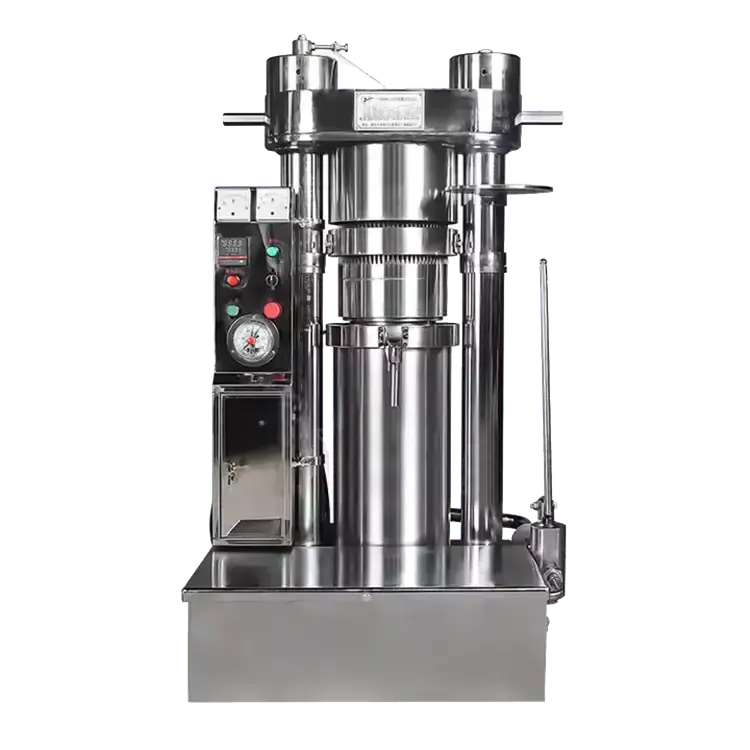
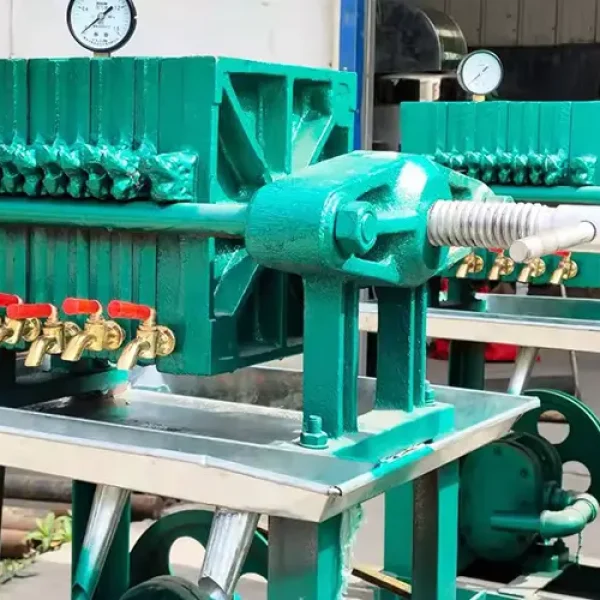
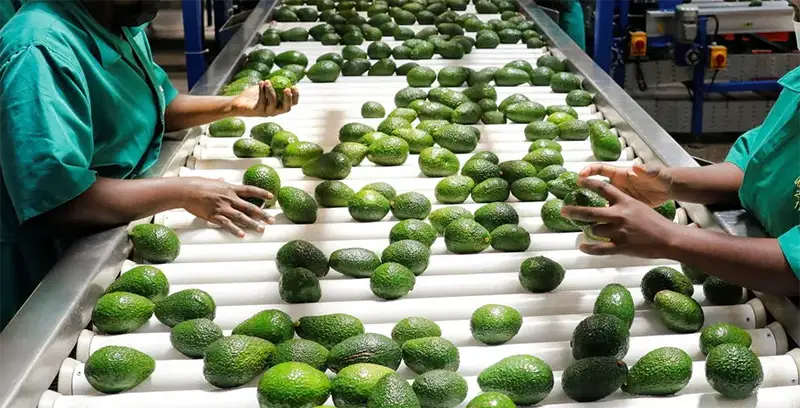
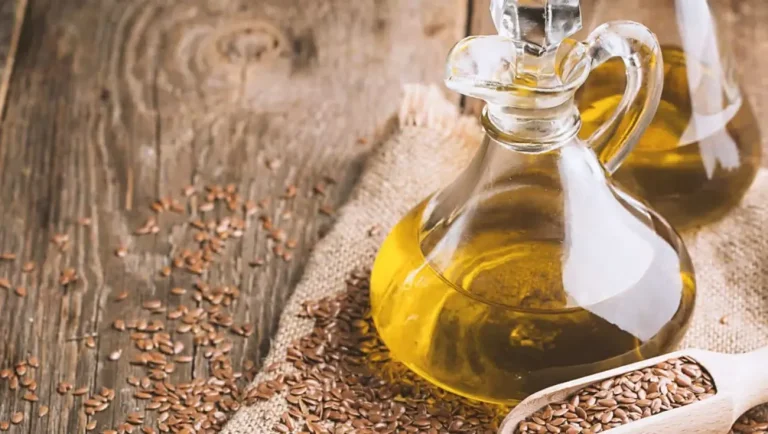
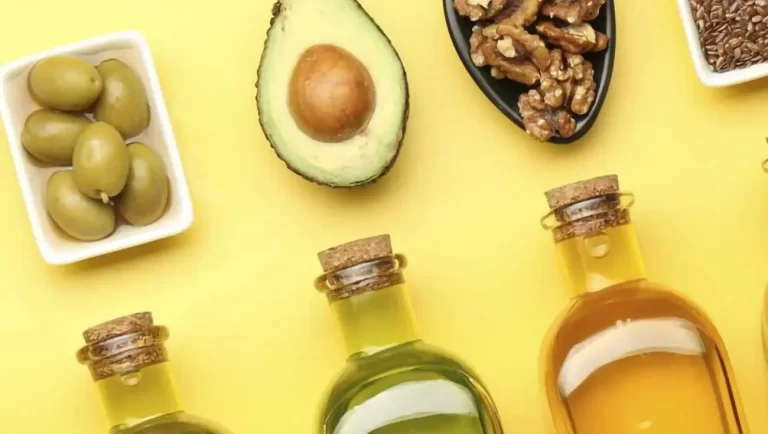
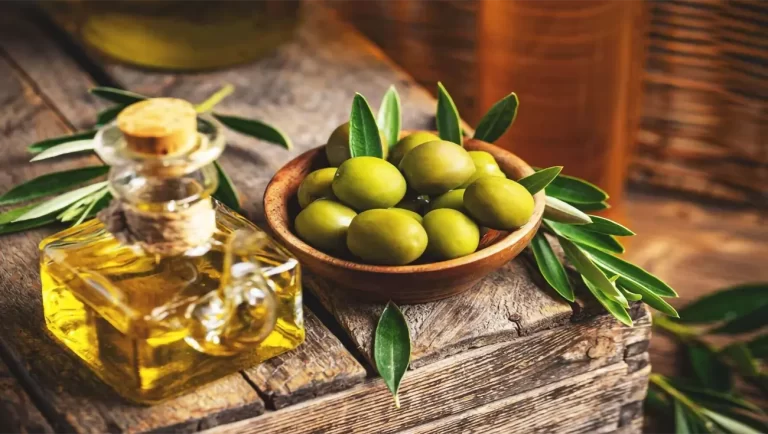
Do you have a business plan for avocado oil business
We’ve taken the time out of our busy schedules to compile a simplified guide, hoping it will be helpful to you. How can I send it to you?